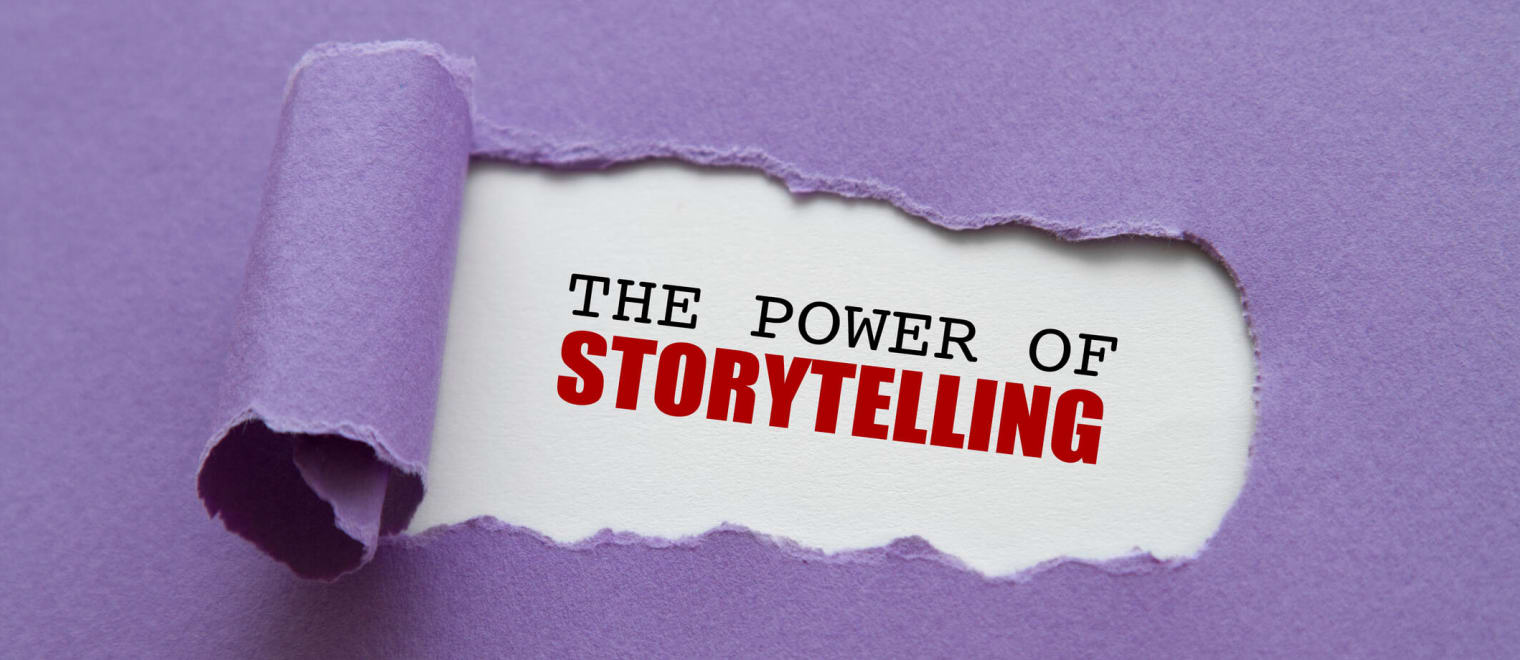This informal CPD article, ‘The Power of Storytelling in Learning’, was provided by iAM Learning, who are transforming the way your workforce trains and retains, using high-end animation, lovable characters and captivating stories to make even the most serious subjects appealing and unforgettable.
Do you remember the first book you read when you were a kid? For many people, it’s probably about a very greedy insect. You know the one. He ate his way through one apple, two pears, three… oh, what were they again?
It’s crazy. We can see the vibrant colours. We can remember the words. The holes in the pages. No wonder it’s a bestseller.
Now think about the first textbook you ever got at school. Can you picture that? Probably not. We probably can’t even the front cover, never mind the learning within. And that’s unusual, in a way. This is a book designed to help us learn, yet it’s the stories we remember.
Except, it really isn’t that unusual. Humans have always used stories to teach. Go back thousands of years to cave paintings – academics can read stories from across the millennia. Stories were a way to communicate in the past as they are today.
Communities would gather around fires and hear tales of exactly what not to do when you’re charged by a mammoth. They’d learn what happened to poor Uncle Ogg when he grabbed a flaming branch at the wrong end. And everyone would remember which berry was good to eat and which would kill you (or turn you into a butterfly, if you were really lucky).
Stories are a powerful tool for learning. They engage us, they entertain us, and they make us remember what we’re being told. So, when it comes to the next evolution of learning, eLearning, it’s crucial to seek out courses with the same. One’s which integrate storytelling into them so that learners tune into that primordial desire to learn.
So, how can you harness the awesome power of storytelling? Here are a few tips.
Have a compelling narrative
What kept you hooked the last time you couldn’t put down a book, or wasted a weekend on a box set? It was probably the story. A gripping narrative makes us want to know what happens next. In eLearning, that means creating something that keeps learners interested from start to finish. Weave facts into a story that matters.
Use real-life examples that people can relate to
We love stories even more if we can see ourselves in them. Using examples from everyday life helps us connect with the material. For example, if you work in customer service, you don’t want to read a list of do’s and don’ts, you want to hear about Jamie, who turned an angry customer into a loyal fan using quick thinking. Real-world examples bring learning to life.
Create character-driven narratives
People remember people. Or cute animals, like fluffy caterpillars, apparently. If you make multi-dimensional characters that people can get invested in, they’re more likely to learn along the way.
Follow a story arc
Just like that box set, a good eLearning story needs structure. A start, middle and end. Start with a situation or problem to solve, then the learner can follow how the character learns a new skill to resolve the challenge. Then a satisfying conclusion to wrap it up and recall key points
Use multimedia to enhance storytelling
We’re kind of spoiled with useful websites and apps these days. So, make use of them. Use different types of media to bring your story to life. Maybe an animated video to introduce a concept, or an interactive quiz to help learners make decisions. The more ways you can enhance the storytelling, the more engaging it becomes. And the more likely learners are to remember it and the lessons they’ve learned.
Use metaphors and analogies to simplify complex concepts
Sometimes the things we’re trying to learn are quite complex. That’s why we use metaphors and analogies to help us understand tricky ideas by comparing them to stuff we do know. For example, we could describe team dynamics using a famous sports team as a metaphor. These comparisons make things that may be abstract easier to grasp.
At the end of the day, using storytelling in your eLearning isn’t just a ‘bonus’. It’s a powerful tool, that exploits the way we humans are wired. It’s just that we’ve swapped the campfires for computer monitors. If you weave storytelling into your eLearning content, you aren’t just teaching, you’re making experiences that really stick. And your learners may think of it as fondly as that ravenous caterpillar. Oh, that’s right, it was three plums!
We hope this article was helpful. For more information from iAM Learning, please visit their CPD Member Directory page. Alternatively, you can go to the CPD Industry Hubs for more articles, courses and events relevant to your Continuing Professional Development requirements.













